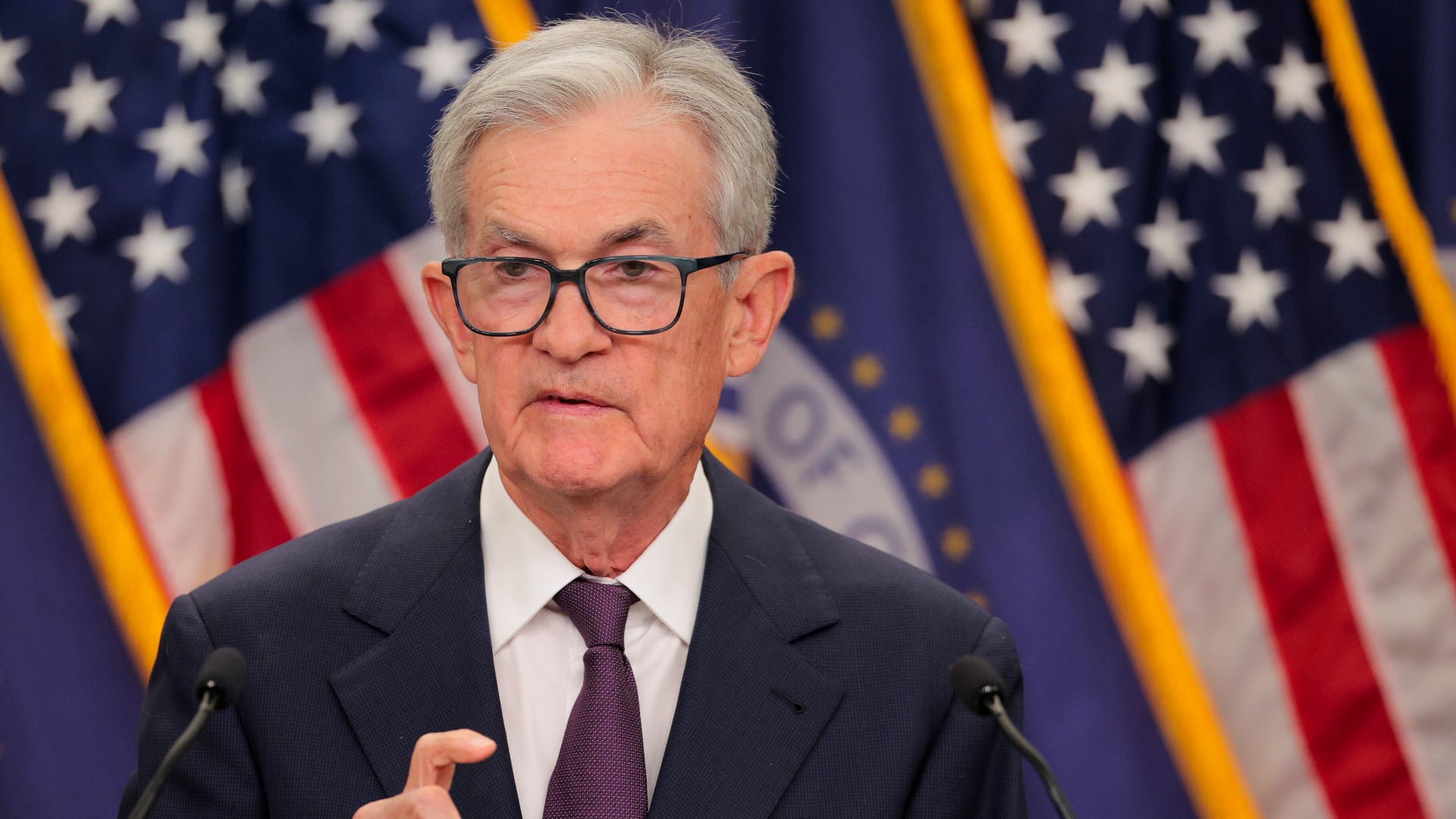After months of will-they-or-won't-they speculation from markets, the Federal Reserve is signaling that it will begin tapering its $120 billion in monthly bond purchases this month.
The bond purchases — also known as quantitative easing — bolstered financial markets early in the pandemic, when a global shutdown nearly brought the U.S. treasury market to its knees.
Since then, as the economy picked up steam, a vigorous debate has played out among Fed officials and economists over when the central bank should let its foot off the gas.
Stop too early, argued the doves, and the economic recovery could be derailed.
Stop too late, countered the hawks, and inflation could spiral out of control.
Whether the monthly purchases are overinflating asset markets or not is also in question, as the stock market continues to turn in record gains even as other parts of the economy struggle.
Many expect Fed Chair Jerome Powell to announce the timeline for the taper on Wednesday afternoon following the meeting of the Federal Open Market Committee (FOMC), which, in addition to making bond purchases, helps steer interest rates in the economy.
Fed-watchers have jumped the gun before, of course, but in the lead-up to Wednesday's meeting, multiple Fed officials have been explicit that now is the time to taper.
St. Louis Fed Bank President James Bullard said last month that the taper should start in November as a precautionary measure in case inflation was getting out of control.
Philadelphia Fed Bank President Patrick Harker offered a similar sentiment at a virtual event in late September.
"I am in the camp that believes it will soon be time to begin slowly and methodically — frankly, boringly — tapering our $120 billion in monthly purchases of Treasury bills and mortgage-backed securities," he said.
Several Fed governors have maintained this line for months. What's different now is that inflation isn't letting up, and the pressure to address it is growing.
In the Fed's preferred inflation gauge, the Personal Consumption Expenditures (PCE), prices were up 4.4 percent year-over-year in September, which is well above Powell's 2 percent average over time.
Along with higher prices, wages are gaining as well. The latest Commerce Department data showed a 1.5 percent jump in the third quarter, slightly outpacing inflation in that period.
This has created a narrative that the economy is perhaps hotter than anticipated and that the Fed should act sooner rather than later.
The minutes of the FOMC's last meeting, for instance, showed that Fed officials were united around the idea of starting the taper in November or December.
No decision was made at that meeting but "participants generally assessed that, provided that the economic recovery remained broadly on track, a gradual tapering process that concluded around the middle of next year would likely be appropriate," the minutes said.
Following the September meeting, Powell himself signaled that a taper could be coming this week.
"If the economy continues to progress broadly in line with expectations," he said at the time, "I think we can easily move ahead at the next meeting."
Over the summer, Powell found himself pushing back against other Fed officials who were eager to rein in bond purchases as inflation indicators came in higher than expected.
He stressed for months that "substantial further progress" needed to be made toward the Fed's goals of maximum employment and maintaining inflation that averages 2 percent over time before winding down the pandemic-era measures that many believe helped avoid a financial collapse.
He also maintained that higher inflation was the result of transitory supply constraints, which would work themselves out naturally as the world economy righted itself post-pandemic.
Now Powell is hinting that inflation could prove to be more long-term than he expected.
In a virtual conference hosted by the South African Reserve Bank, Powell said that while he still believes inflation is related to supply constraints, the Fed may have to act to control inflation in the meantime. Curbing bond purchases is one such tool in the Fed's toolbox.
In that same speech, however, Powell stressed that the start of tapering doesn't necessarily mean an interest rate hike is on the horizon.
"I do think it's time to taper, and I don't think it's time to raise rates," he said.
His speech on Wednesday likely won't contradict his recent comments, but markets will be eagerly anticipating any detail or clarifications on when and how the Fed will taper.













